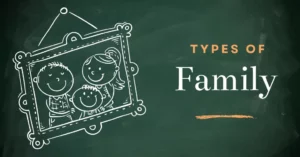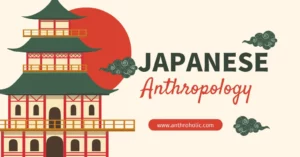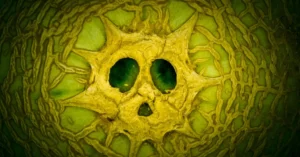AI Answer Evaluation Platform Live Now. Try Free Answer Evaluation Now
Laws of Marriage
The institution of marriage is a cornerstone of human culture. It exists across different societies and throughout history, playing a critical role in forging alliances, defining social structures, ensuring economic stability, and preserving lineages. However, the rules and norms surrounding marriage vary significantly, reflecting the diversity of human societies. Anthropologists have long studied these rules, and the following discussion presents an exploration of the laws of marriage in anthropology.

Marriage Across Cultures: A Broad Overview
Marriage is a complex social phenomenon, a product of economic, religious, and socio-political factors that vary widely across cultures (Peoples & Bailey, 2021). In this context, anthropologists often distinguish between exogamy and endogamy, monogamy and polygamy, and arranged and love marriages.
- Exogamy and Endogamy: Exogamy is the practice of marrying outside one’s social group, clan, or tribe. It promotes alliances between different groups and can prevent genetic problems resulting from inbreeding (Fox, 1980). Endogamy, on the other hand, requires individuals to marry within their social group. This practice helps to preserve social identity and can reinforce social hierarchies.
- Monogamy and Polygamy: Monogamy is the practice of having one spouse at a time, which is the most common form of marriage worldwide. Polygamy, the marriage of one person to multiple partners, is less common and usually takes the form of polygyny (one man, multiple women). Polyandry (one woman, multiple men) is rare but can be found in certain societies like the Apatanis of India and Tibetans in Nepal (Starkweather & Hames, 2012).
- Arranged and Love Marriages: Arranged marriages, where parents or older family members select a spouse, are common in many cultures, particularly in Asia and Africa. They’re often seen as strategic alliances between families. Love marriages, where individuals choose their partners based on affection, are common in Western societies.
Factors Influencing Marriage Laws
Several factors influence the establishment of marriage laws within a society. These include:
Economic Considerations
Marriage has economic implications in many societies. In some cultures, bride price or dowry systems are prevalent, which can influence who can marry whom (Goody, 1973). These practices may also impact the power dynamics within marriage.
Social Stratification
The social hierarchy within a society often directly impacts marriage rules. The caste system in India, for example, has traditionally dictated endogamous marriage laws (Dirks, 2001).
Religious Beliefs
Religious beliefs play a vital role in shaping marriage laws. For instance, Islamic law permits polygyny, while Christian doctrine generally endorses monogamy (Robinson & Clarke, 2014).
Evolution of Marriage Laws
Marriage laws are not static; they evolve in response to changing cultural, economic, and social factors. The advent of industrialization, the women’s rights movement, and LGBTQ+ activism have all had significant impacts on marriage laws worldwide (Cherlin, 2009).
Modern Challenges and Controversies
Contemporary societies face numerous challenges and controversies related to marriage laws. These include the legalization of same-sex marriage, child marriage, forced marriage, and divorce laws, among others. The response to these challenges varies considerably across societies, reflecting differing cultural, religious, and socio-political contexts.
Conclusion
Marriage, as a social institution, embodies the values, norms, and ideologies of a culture. Understanding the laws of marriage in anthropology is thus central to understanding human societies. As societies continue to evolve, so too will the rules surrounding this fundamental social institution.
References
- Cherlin, A. J. (2009). The Marriage-Go-Round: The State of Marriage and the Family in America Today. Alfred A. Knopf.
- Dirks, N. B. (2001). Castes of Mind: Colonialism and the Making of Modern India. Princeton University Press.
- Fox, R. (1980). The Red Lamp of Incest. Dutton.
- Goody, J. (1973). Bridewealth and Dowry in Africa and Eurasia. In J. Goody & S. Tambiah (Eds.), Bridewealth and Dowry (pp. 1-58). Cambridge University Press.
- Peoples, J., & Bailey, G. (2021). Humanity: An Introduction to Cultural Anthropology. Cengage Learning.
- Robinson, B. A., & Clarke, B. (2014). The World’s Religions after September 11. Praeger.
- Starkweather, K., & Hames, R. (2012). A Survey of Non-Classical Polyandry. Human Nature, 23(2), 149-172.



